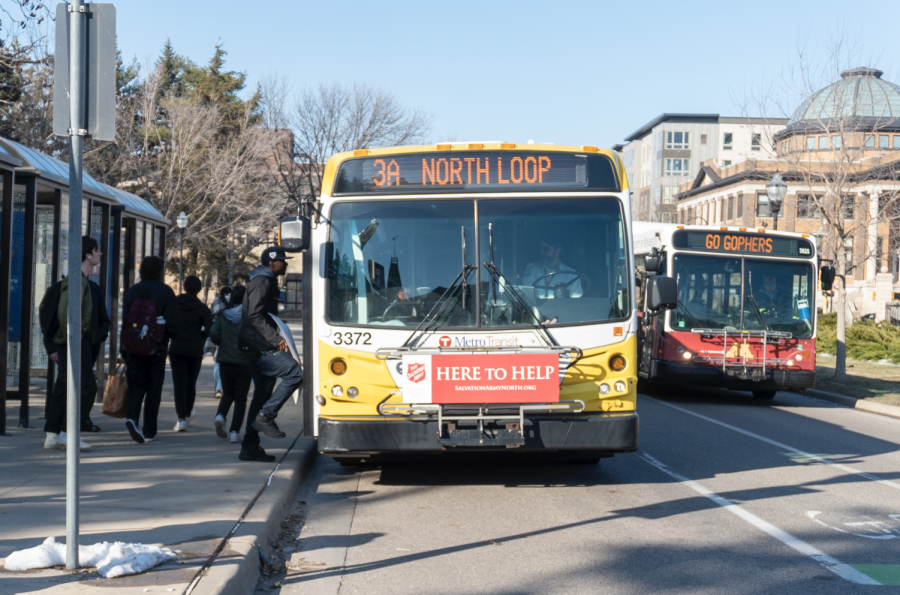The Central Corridor light rail project âÄî which has run into consistent snags throughout its planning process âÄî just got one step closer to the construction phase. The Metropolitan Council and Minnesota Public Radio announced Wednesday they have finalized mitigation plans to protect MPRâÄôs studios from train noise and vibrations. The announcement comes after three months of testing and researching. MPR raised concerns about vibration and noise impacts on the quality of broadcasting in January. Two nearby churches were also worried that vibrations could damage their structures and disrupt services. Plans for mitigation include installing a 700-foot long floating slab along MPR and the churches to ease ground noise and vibration from trains, and restricting the usage of train horns in a âÄúquiet zoneâÄù around the area. The Met Council and MPR investigated a similar floating slab in Basel, Switzerland , where a train line ran near a concert hall, Margaret Ann Hennen, spokeswoman for MPR, said. âÄúIt has been very successful there,âÄù Hennen said, adding that she is hopeful the mitigation will work in the Twin Cities. As part of the agreement, MPR will also seek funding from outside sources to re-glaze windows on certain âÄúcritical listening areas,âÄù where producers listen to the quality of radio programs before they air. During construction and the first year of operation, the Met Council plans to monitor noise and vibration of the line, which will connect downtown Minneapolis and St. Paul via University and Washington avenues. Despite reaching an agreement, mitigation testing and other setbacks have pushed construction on the line back from spring 2010 to late summer next year, Met Council spokesman Steve Dornfeld said. Other issues include concerns from the University of Minnesota, which is worried that vibrations from the line could impact a nuclear magnetic resonance lab located on Pleasant Street. Although a separate mitigation study has already been completed and presented to the University, Dornfeld said the school is still making demands that have cost and schedule implications on the project. Dornfeld said he hopes that the project can receive approval to enter the final design phase by September and start construction by summer 2010.
Last state funds
Another push for the Central Corridor project lies within the stateâÄôs bonding bill. The legislation would designate funds for construction and infrastructure across the state, with a focus on shovel read projects. The Senate version of the bonding bill allots about $8.4 million for the project, which is the last amount of state and local dollars needed in order to gain a full funding grant agreement. The agreement, if signed, would require the federal government to pay half of the $915 million price tag. While the House version of the bill doesnâÄôt include specific funding for the Central Corridor, it gives $21 million in funding for transit corridors, Rep. Alice Hausman, DFL-St. Paul, said. âÄúI think it makes people nervous when you start doing something in a different way,âÄù she said. âÄúIt gives them a certain amount of comfort to see their line and say thatâÄôs for us.âÄù But Hausman said distributing the funding without naming certain lines gives the Met Council more freedom to apply money to various transit projects in different planning stages. However, the overall House bill is smaller than the Senate version by more than $129 million âÄî a difference that will have to be reconciled in a legislative conference committee. Regardless, Dornfeld said he believes the Central Corridor will get the state dollars it needs. âÄúIn order to secure the full funding grant agreement we need to have all the commitments for state and local funds in place,âÄù he said. âÄúWe are within an eyelash or two of being there.âÄù
















